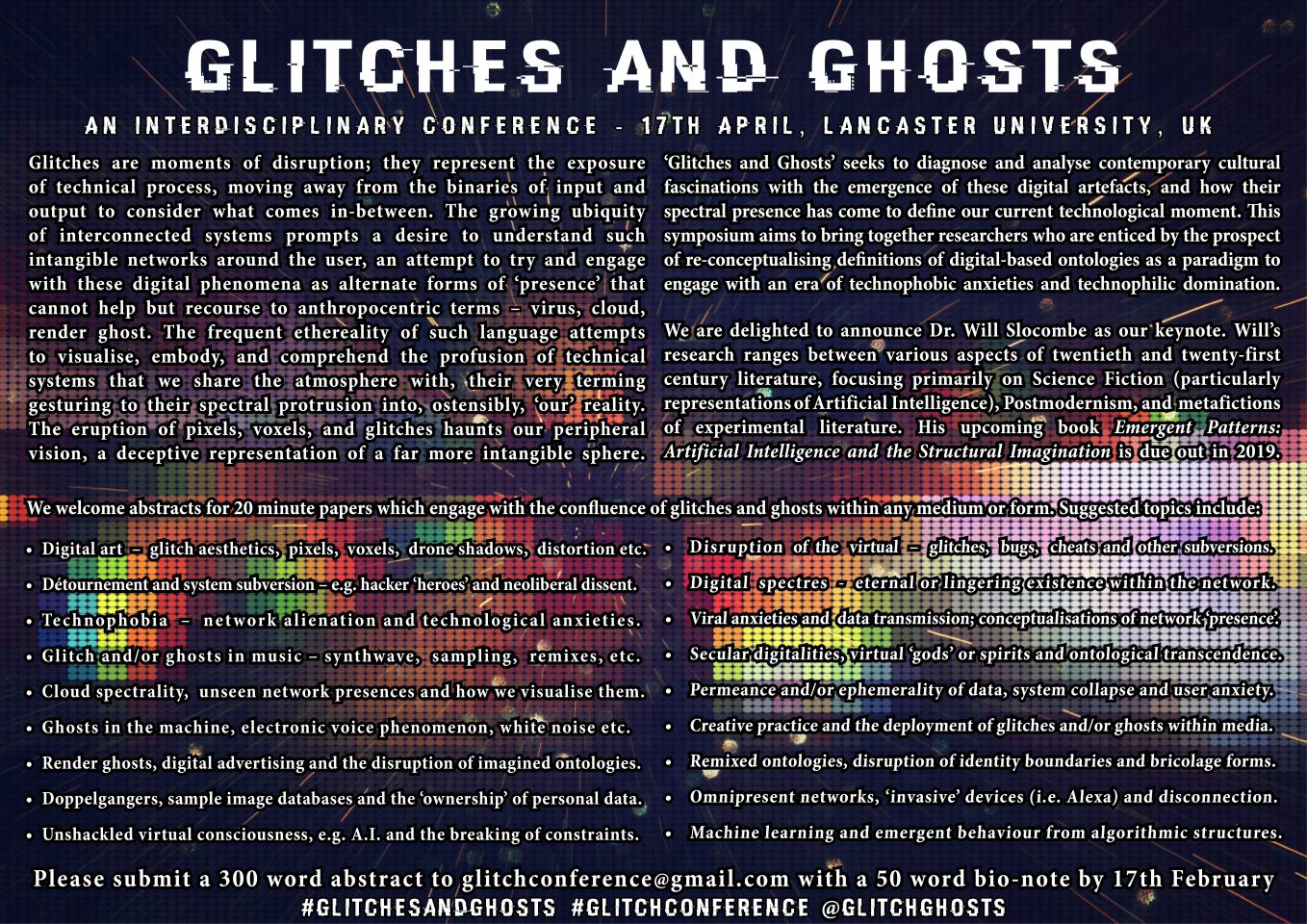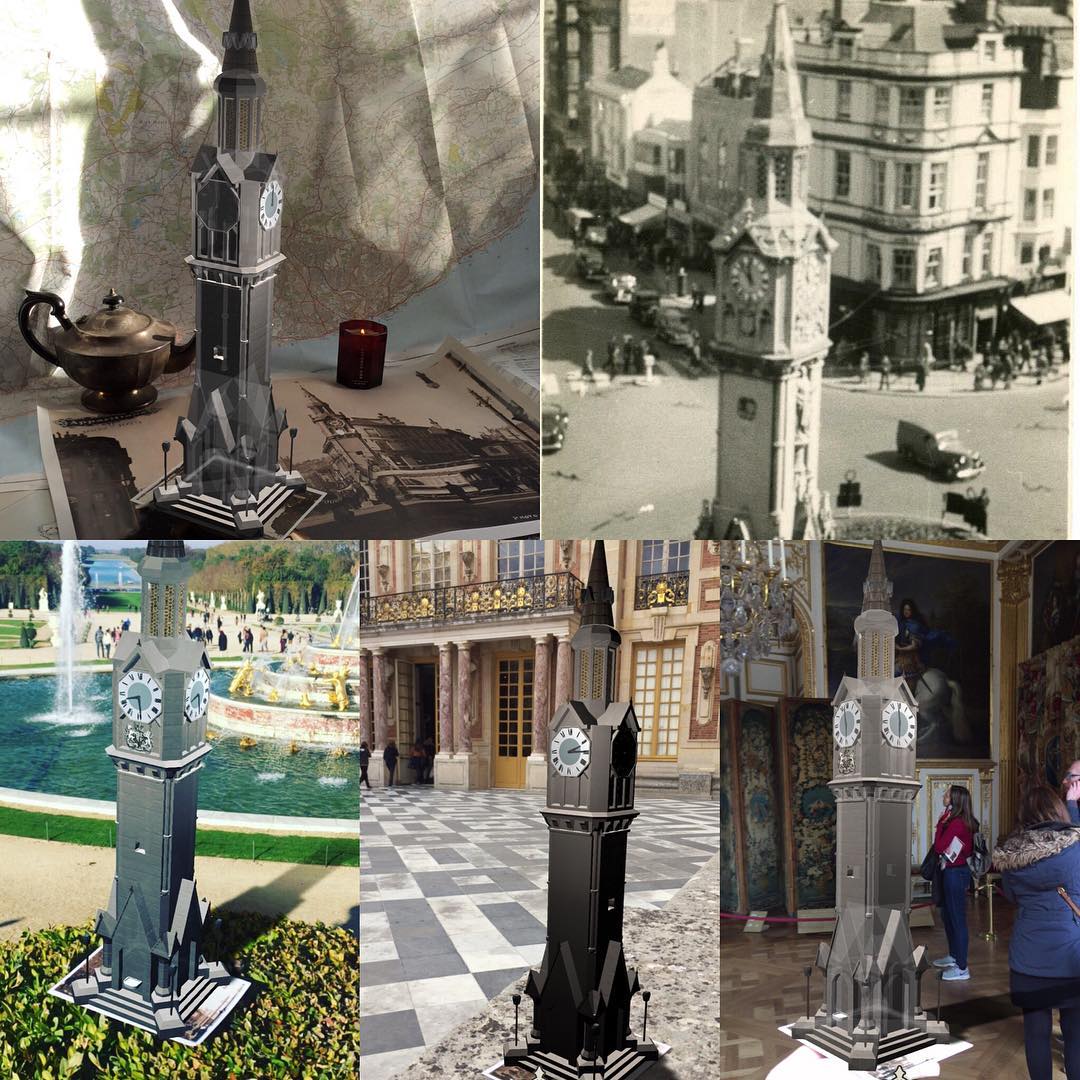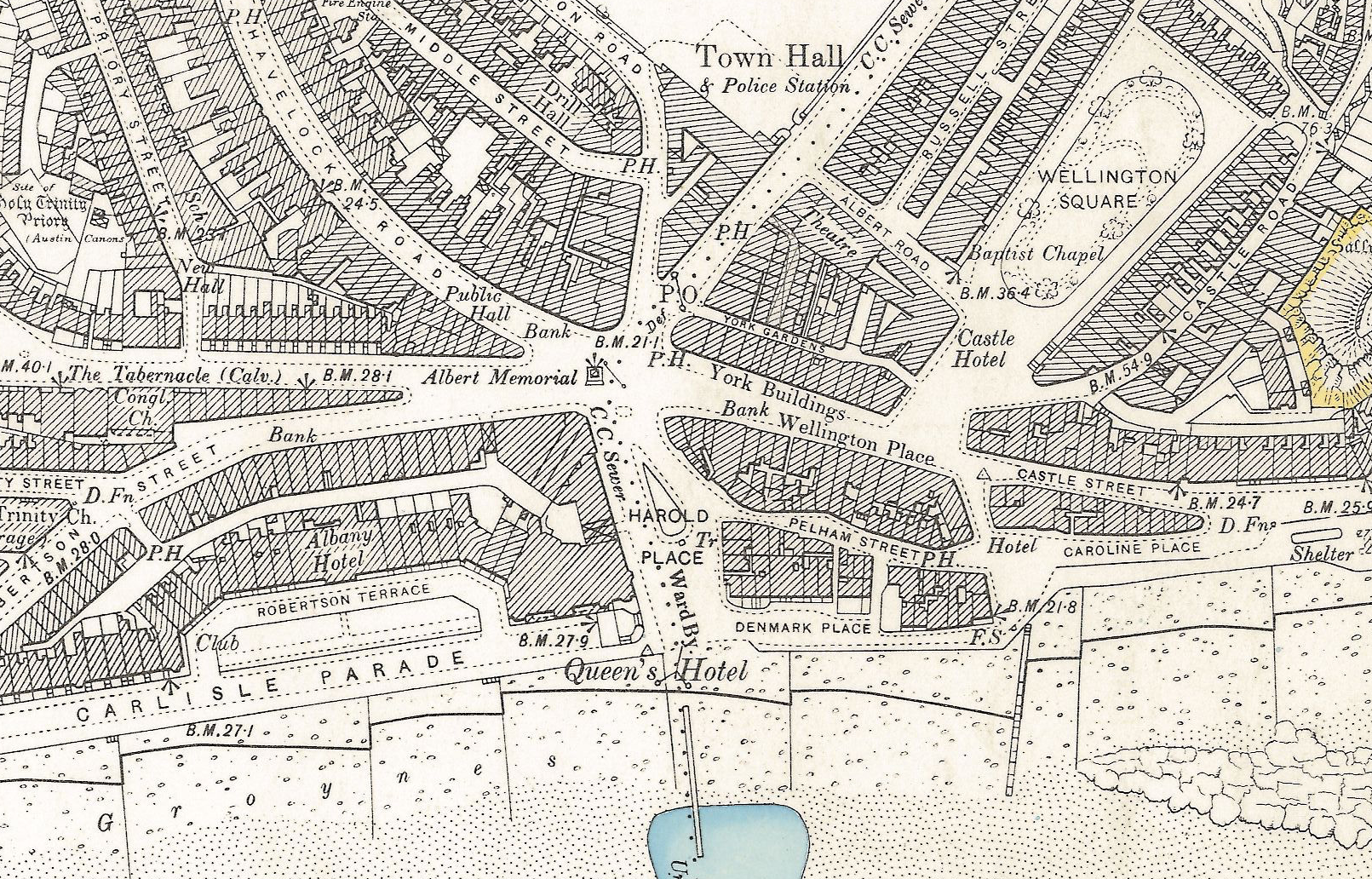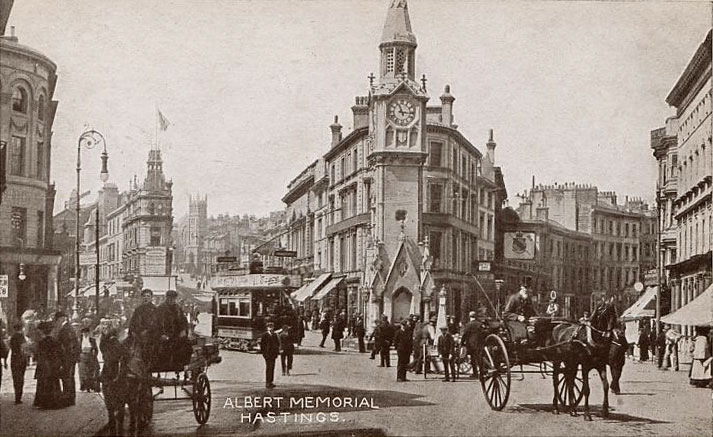do join us, map of starting and end places will be added soon


augmented reality heritage artwork by Luciana Haill
View this post on InstagramA post shared by Apparitions (@apparitions_art) on
View this post on InstagramA post shared by Apparitions (@apparitions_art) on
I am an artist fascinated by the relationship of history, new technologies, memory & dreams. In 2018 following a visit to the WWI concrete ‘Sound Mirrors’ in Denge Kent, I was inspired to combine my enquiry into emerging virtual digital techniques with lost Heritage, revealing other versions from postcards and the palimpsests. Elevating vintage postcards into digitally enabled missives that embed the past into the future is both described by Mark Fisher’s as ‘hauntological’ and influenced by Baudrillard – concerning simulation and the simulacrum.
Funded by a ‘Grantium’ from The Arts Council of England focussing on my hometown of Hastings & St Leonards I designed and produced an ‘augmented reality’ (AR) application that triggers hauntological ephemeral artworks of bygone public structures – St Leonards Pier (destroyed in WWII) & the Albert Memorial (lost to fire in 1973) as 3D models viewable triggered from special vintage postcards using smartphones. Called ‘Apparitions’, there are three experiences allowing travelling through time, creating a nostalgia for a future we cannot experience and each is accompanied by a soundscape encapsulating its lifetime.
Until the 1960s the act of looking back, or nostalgic reminiscing was seen by the medical profession as a pathological aspect of ageing (causing or exacerbating depression & disengagement from everyday life). Until a paper by Psychiatrist Robert Butler challenged these views, coining the term ‘ageism.’ The platform of ‘AR’ enables me to exploit this and deliver an expandable series of artworks in a significant exploration of the impact of cutting edge ‘augmented reality’ technologies on memory & nostalgia.
As contemporary steganographic articles they offer several levels of engagement : uncanny bygone landscapes both real and imagined, self-selecting experiences and also include factual historical presences anchored in surreal soundtracks for each one .They are visual, sonic and metaphysical simulacra preserving social memory and lost heritage during rapid gentrification.
I will present a twenty minute interactive Keynote at this conference in Lancaster University ( free to attend, registration essential ) on 17.04.19

Recently I discovered that the act of looking back, reviewing a life, or reminiscing was seen by the medical profession as a pathological aspect of ageing, causing or exacerbating depression and disengagement from everyday life. This was right up until the early 1960s when a paper by Robert Butler, a research psychiatrist at the American National Institute of Mental Health, challenged prevailing views, he in fact coined the term ‘ageism’.
Similarly Apparitions art considers & explores the qualia new media art’s role has in augmenting heritage digitally, creating a hauntology, invoking a hyperreal nostalgia and prodding the Hypokeimenon in Heritage (in metaphysics which literally means the “underlying thing”). To search for the hypokeimenon is to search for that substance which persists in a thing going through change, its basic essence.





Glitches are moments of disruption; they represent the exposure of technical process, moving away from the binaries of input and output to consider what comes in-between. The growing ubiquity of interconnected systems prompts a desire to understand such intangible networks around the user, an attempt to try and engage with these digital phenomena as alternate forms of ‘presence’ that cannot help but recourse to anthropocentric terms – virus, cloud, render ghost. The frequent ethereality of such language attempts to visualise, embody, and comprehend the profusion of technical systems that we share the atmosphere with, their very terming gesturing to their spectral protrusion into, ostensibly, ‘our’ reality. The eruption of pixels, voxels, and glitches haunts our peripheral vision, a deceptive representation of a far more intangible sphere.
‘Glitches and Ghosts’ seeks to diagnose and analyse contemporary cultural fascinations with the emergence of these digital artefacts, and how their spectral presence has come to define our current technological moment. This symposium aims to bring together researchers who are enticed by the prospect of re-conceptualising definitions of digital-based ontologies as a paradigm to engage with an era of technophobic anxieties and technophilic domination.
We are delighted to announce Dr. Will Slocombe as our keynote. Will’s research ranges between various aspects of twentieth and twenty-first century literature, focusing primarily on Science Fiction (particularly representations of Artificial Intelligence), Postmodernism, and metafictions of experimental literature. His upcoming book Emergent Patterns: Artificial Intelligence and the Structural Imagination is due out in 2019.
Suggested topics include:
• Digital art – glitch aesthetics, pixels, voxels, drone shadows, distortion etc.
• Détournement and system subversion – e.g. hacker ‘heroes’ and neoliberal dissent.
• Technophobia – network alienation and technological anxieties.
• Glitch and/or ghosts in music – synthwave, sampling, remixes, etc.
• Cloud spectrality, unseen network presences and how we visualise them.
• Ghosts in the machine, electronic voice phenomenon, white noise etc.
• Render ghosts, digital advertising and the disruption of imagined ontologies.
• Doppelgangers, sample image databases and the ‘ownership’ of personal data.
• Unshackled virtual consciousness, e.g. A.I. and the breaking of constraints.
• Disruption of the virtual – glitches, bugs, cheats and other subversions.
• Digital spectres – eternal or lingering existence within the network.
• Viral anxieties and data transmission; conceptualisations of network ‘presence’.
• Secular digitalities, virtual ‘gods’ or spirits and ontological transcendence.
• Permanence and/or ephemerality of data, system collapse and user anxiety.
• Creative practice and the deployment of glitches and/or ghosts within media.
• Remixed ontologies, disruption of identity boundaries and bricolage forms.
• Omnipresent networks, ‘invasive’ devices (i.e. Alexa) and disconnection.
• Machine learning and emergent behaviour from algorithmic structures.
“The real no longer exists –
it has no relation to any reality whatsoever;
it is its own pure simulacrum…
It plays at being an appearance – it is of the order of sorcery…
It is no longer of the order of appearances, but of simulation. “
The real no longer exists – it has no relation to any reality whatsoever;
it is its own pure simulacrum. It plays at being an appearance. It is of the order of sorcery…It is no longer of the order of appearances, but of simulation. #AugmentedReality the new souvenir of the past pic.twitter.com/NuOGz1gkkc— St Victoriana (@St_Victoriana) March 6, 2019
‘when the map has come to precede the territory’
I first used glass cloches for display in my work ‘SleepCycles‘ in Technology is Not Neutral in Brighton, 2016. Burning candles atop each dome for set numbers of hours expressed each one as a different stage of sleep. So the wax-dripped dome shown here is a particularly narrow and tall model that suits containment of the clocktower, if such a public landmark could be put into a protective bubble. Today I explored how to trigger the AR from outside the glass, with different strong natural lighting effects and with sound from the app and the immediate environment.
(Turn sound on ) One more screen capture of Apparitions – mixing reality of Hastings’ lost landmarks taken to India – triggering on iPad screen capture through ‘Recordit’, turn sound on to hear the ensemble of Sufi music playing over the AR triggered soundscape. The sounds I chose when making the app are encompassing its lifetime and space in Hastings, East Sussex, UK from 1862-1973. In this moment seagulls fly over and a 1920’s motor car drives past, we experience the clocktower’s chime and sounds overlaid on the peaceful Sufi music playing in the hotel gardens of Faluknama Palace, Hyderabad in India from augmented reality – Get the app free here : https://itunes.apple.com/gb/app/apparitions-ar/id1431496591?mt=8
(turn sound on 😉 ) taking Hastings’ lost landmarks to India ! Realtime triggering of Apparitions AR (my free app) on an iPad – you are seeing the screen capture made through free software ‘Record it’ app, turn sound on to hear the ensemble of Sufi music playing over the AR triggered soundscape. The sounds I chose when making the app encompass its lifetime (1862-1973) & environmental space in Hastings, East Sussex, UK. In this moment during WWII a Messerschmitt Bf 110 plane flies over, we experience the clocktower and sounds overlaid on the peaceful Sufi music that is actually being played live in the hotel gardens of Taj Faluknama Palace, Hyderabad in India from augmented reality
make art free !